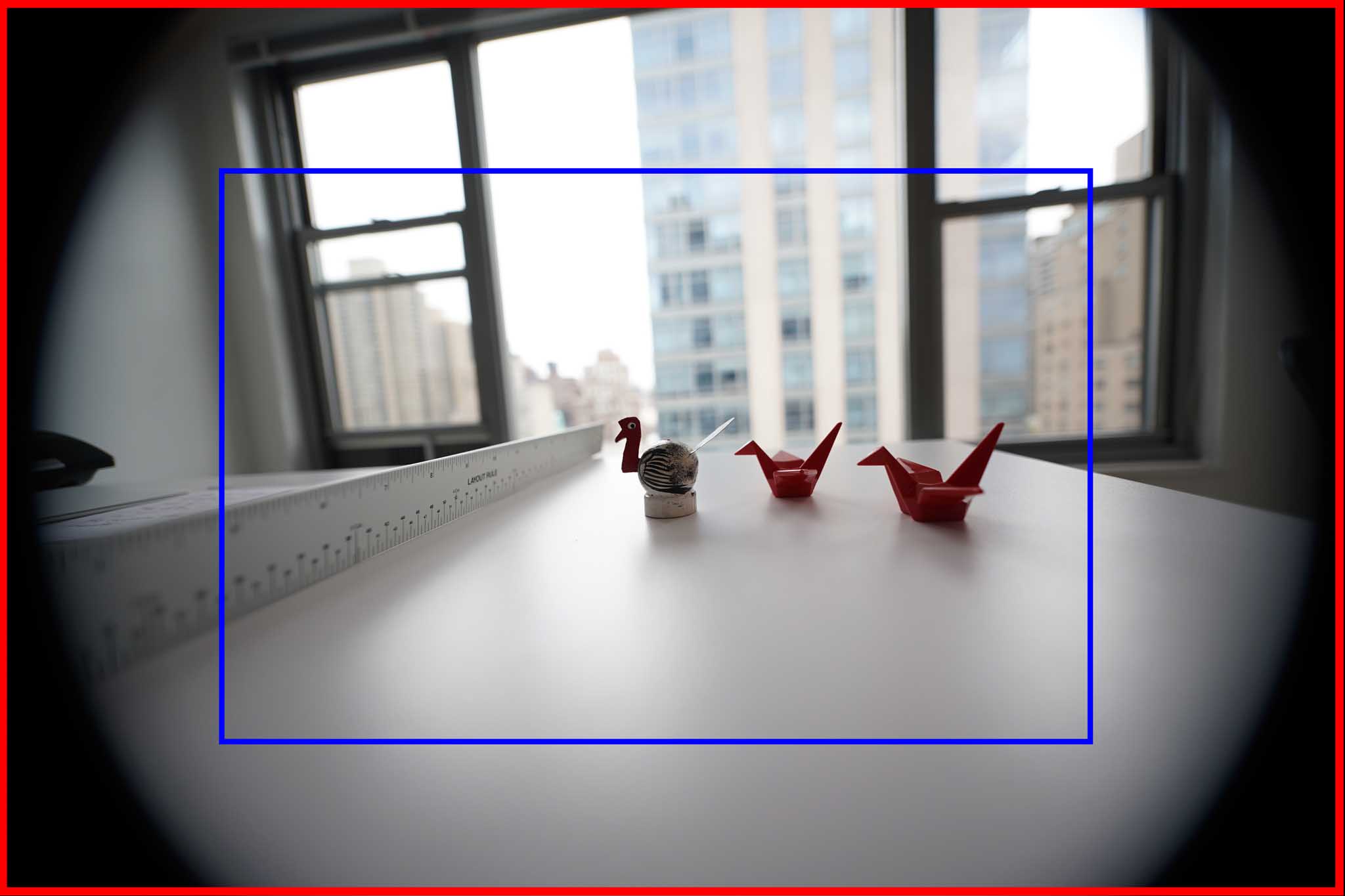
Sony a9 Full Frame digital still camera
Hundreds of millions of Leica, Canon, Nikon and other still camera users have been playing in the fields of Full Frame for almost a century, ever since Oskar Barnack turned standard 35mm motion picture sideways and introduced the 24x36mm format.
Full Frame 24x36mm format (FF) for Cine is barreling towards us. Sony recently launched the new a9 still camera that does quite decent video. At Cine Gear, Sony announced an imminent Full Frame cine camera. RED VV 8K, ARRI Alexa 65 and Panavision DXL are already dazzling directors and DPs with the allure of compelling, larger formats.
Lots of Full Frame and Large Format cine lenses are already here: from Leica, Cooke, ZEISS, Sigma, Angenieux, IB/E Optics, Panavision, ARRI, Schneider, Canon, Sony and others.
These and many more FF still photography lenses can be used directly, or with mount adapters, on new Full Frame mirrorless still cameras—Sony a9, Leica M10 or Leica SL. The interesting thing in this world of short flange back digital Full Frame is the ability of the camera to accept existing S35 and APS-C lenses and crop/window them seamlessly.
To help with the simple math of figuring out focal length equivalents and depth of field differences between Super35 to Full Frame 24x36mm format, we consulted with the usual suspects—ASC Manual, Kelly calculators, David Eubank’s pCam, Toland, charts, books and apps. Two phone calls settled the matter. Thanks to Howard Preston and Iain Neil for help.
In the highly “scientific” labs of Film and Digital Times, we lined up a ruler, a toy turkey and two Japan Airlines chopstick holders to measure depth of field and field of view. The examples below were shot on a Sony a9 (E-mount, 18mm flange depth) with ZEISS Batis 18mm Full Frame E-mount and ZEISS Touit 12mm APS-C/S35 E-mount lenses. Your “mileage” will vary with the various sizes of sensors (Alexa 65, RED VV 8K, Panavision DXL, etc.)
Quick Math
To choose an FF lens with the same angle of view as your familiar S35, multiply the S35 lens by 1.5. Or divide the FF lens by 1.5.
The difference in depth of field between FF and S35 lenses with the same angle of view is the equivalent of 2 stops.
Quick Q & A
Q: What happens when you put an S35 lens on an FF camera?
A: See these photos, below:

ZEISS Touit 12mm APS-C format at T2.8 with APS-C cropping OFF, so you see the image circle of the lens within the Full Frame. Red framelines=Full Frame. Blue framelines=APS-C.

ZEISS Touit 12mm APS-C format at T2.8 with APS-C cropping ON. The camera crops the APS-C image area and then “fills the window” in the viewfinder and the recorded file.
And what about an FF lens on an S35 camera?
Q: What happens when you put an FF lens on an S35 camera?
A: It looks the same as a S35 lens would look. So, an 18mm FF lens on an S35 camera looks exactly like an S35 lens on an S35 camera.
Q: You have a Super35 (18×24 mm) 12mm lens. What is the Full Frame (24×36 mm) equivalent to get the same field (angle) of view?
A: 18mm. Multiply the Super35 focal length by 1.5. So, for the same angle of view, a 12mm in Super35 is similar to an 18mm in Full Frame.
Q: Is the depth of field the same?
A: No. The depth of field is not the same. At the same aperture, you get the equivalent of 2 stops less (shallower) depth of field with the FF lens compared to Super35. Careful: when calculating, use the same circle of confusion (e.g. 0.03mm / 0.001 inch), or the same lens chart. Do not be tempted by the trap of consulting separate FF and S35 charts—because they usually figure on different CoC values.

ZEISS Batis 18mm Full Frame format at T5.6. No cropping

APS-C cropping ON. ZEISS Batis 18mm Full Frame format at T5.6. It’s still an 18mm focal length, but appears tighter because of the crop factor
So, in the examples here, an S35 12mm lens at T2.8 gives you the same depth of field as an FF 18mm lens at T5.6. Put another way, a Full Frame 18mm lens at T2.8 has the equivalent depth of field of a Super35 12mm lens at T1.4. That’s all familiar territory.
And what of fast Full Frame lenses like Leica’s M 0.8 Summilux f/1.4 or Sigma’s new FF High Speed Prime Cine T1.5? Remember the 2-stop difference—wide open these lenses afford the shallowness of an S35 lens hovering around an astonishing equivalent of T 0.67.
DPs love the new creative possibilities. The Gods of Focus (stellar Camera Assistants) are embracing the new format, confident in their own talents with the help of wonderful new focus assist tools.








Love this comparison! And thanks for the word of caution on not using charts that have different CoC values. Looking forward to seeing how larger formats work for acquisition.
What about this…
Alexa S35 with a 50mm FF lens at T2 (Cooke S7) compared with the same Alexa S35 camera but now with a 50mm S35 lens at T2 (Cooke i5). Will they look the same in both Depth of field and Field of view ?.